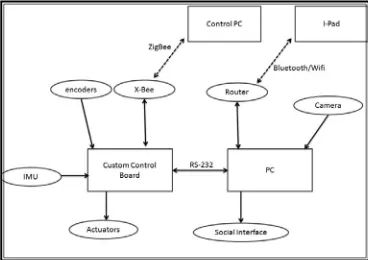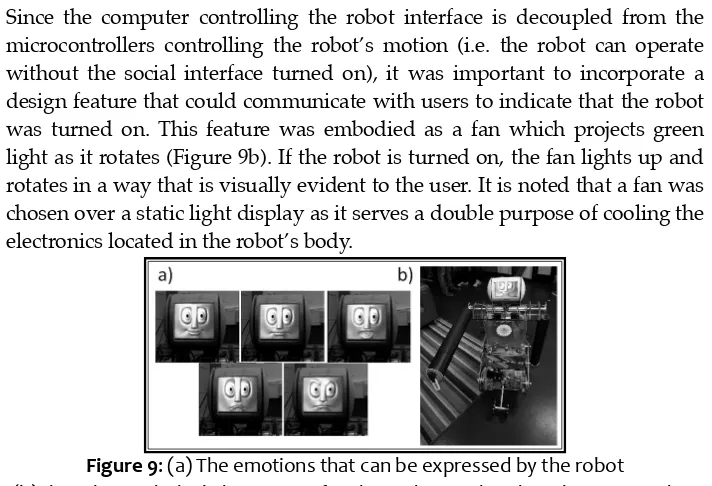A Practical Humanoid Robot Morphology for Operation in Civilian Environments
Full text
Figure
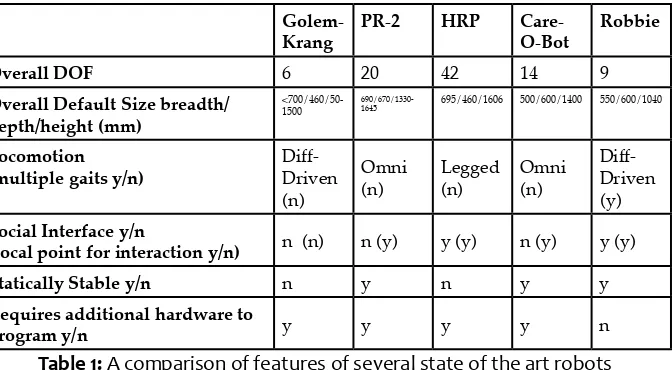

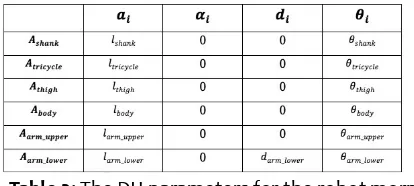
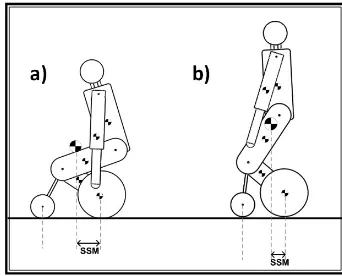
Related documents
Panel (b) represents the ASAR T405 results for the Lhasa–Naqu section of the Qinghai–Tibet Railway in 2007, and the elliptical red dotted line represents the region of
SharePoint Provides Collaboration Tools Information Management Centralized Storage Version Control Check-in / Check-out Project Activities
It was important to determine whether one or more occupational traumata such as vicarious trauma, compassion fatigue, secondary traumatic stress, or burnout described the
With the help computer aided software they simulated the data to study and design the neural network for motor bearing fault diagnosis algorithm, and then they used actual
The characters of RON, BILL, BUFFALO LEWIS, JUGGALO, WALLOWING SWALLOW 1, JAILBIRD BIRD 1, DREADED VULTURE 1, & JOE are to be played by the same male performer2. The characters
While examining the impact of CSR disclosure practices on financial performance of Islamic banks in the GCC region, the results indicate the positive
Conforming to prior research (Altman, 1975), people will have different levels of need and expectation for personal space in the private-public context and we found that in
To gain insights into whether the KCNE4 masking of the YMVIEE motif at the C-terminal domain of Kv1.3 was entirely responsible for the observed ER retention, we analyzed




